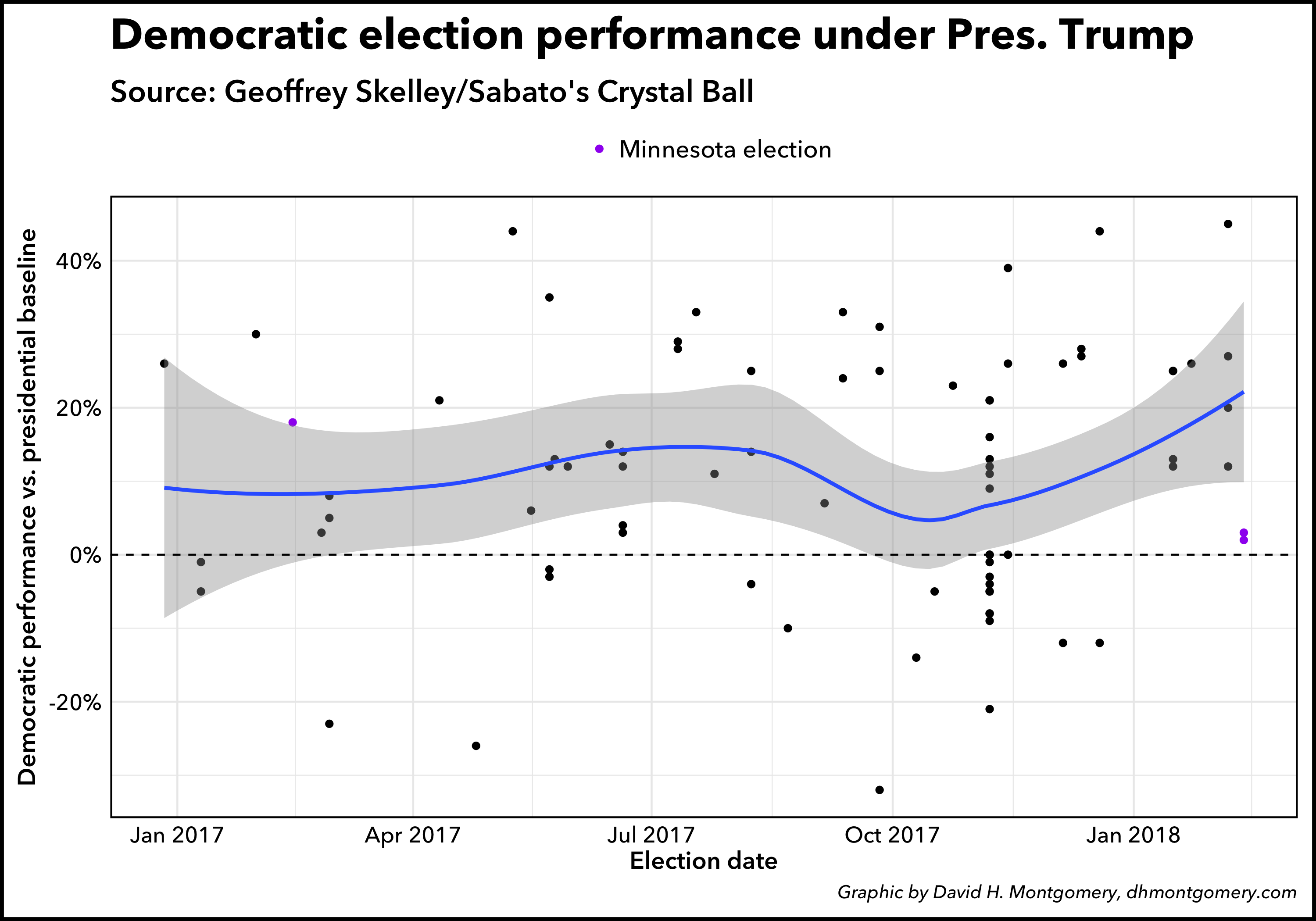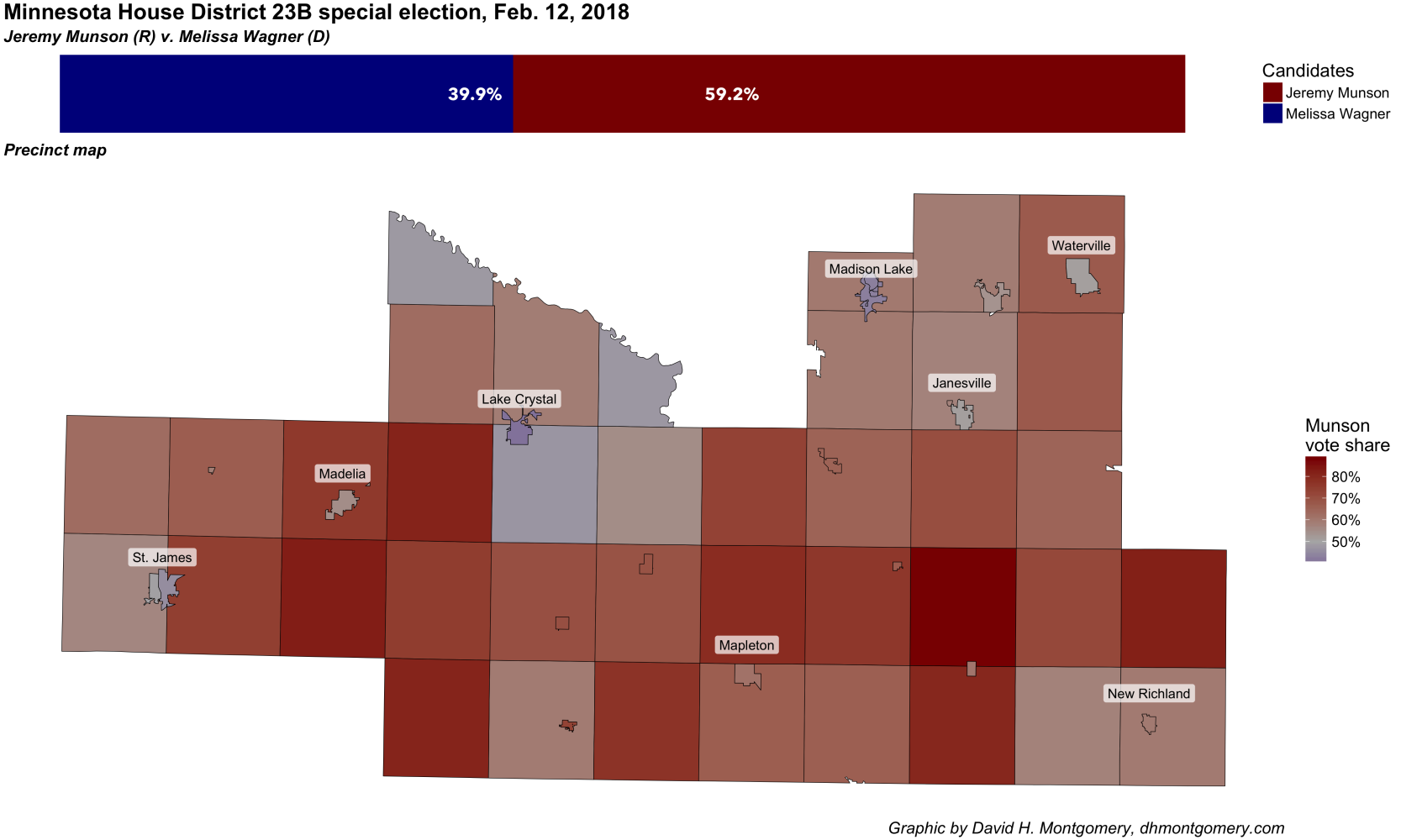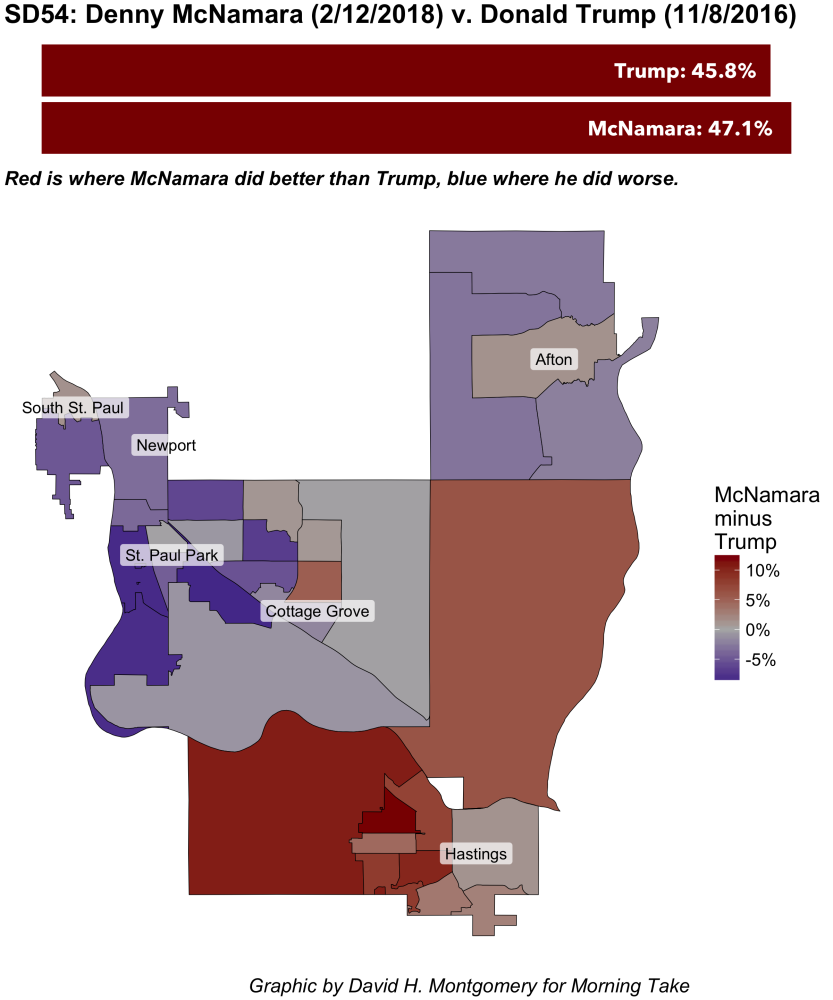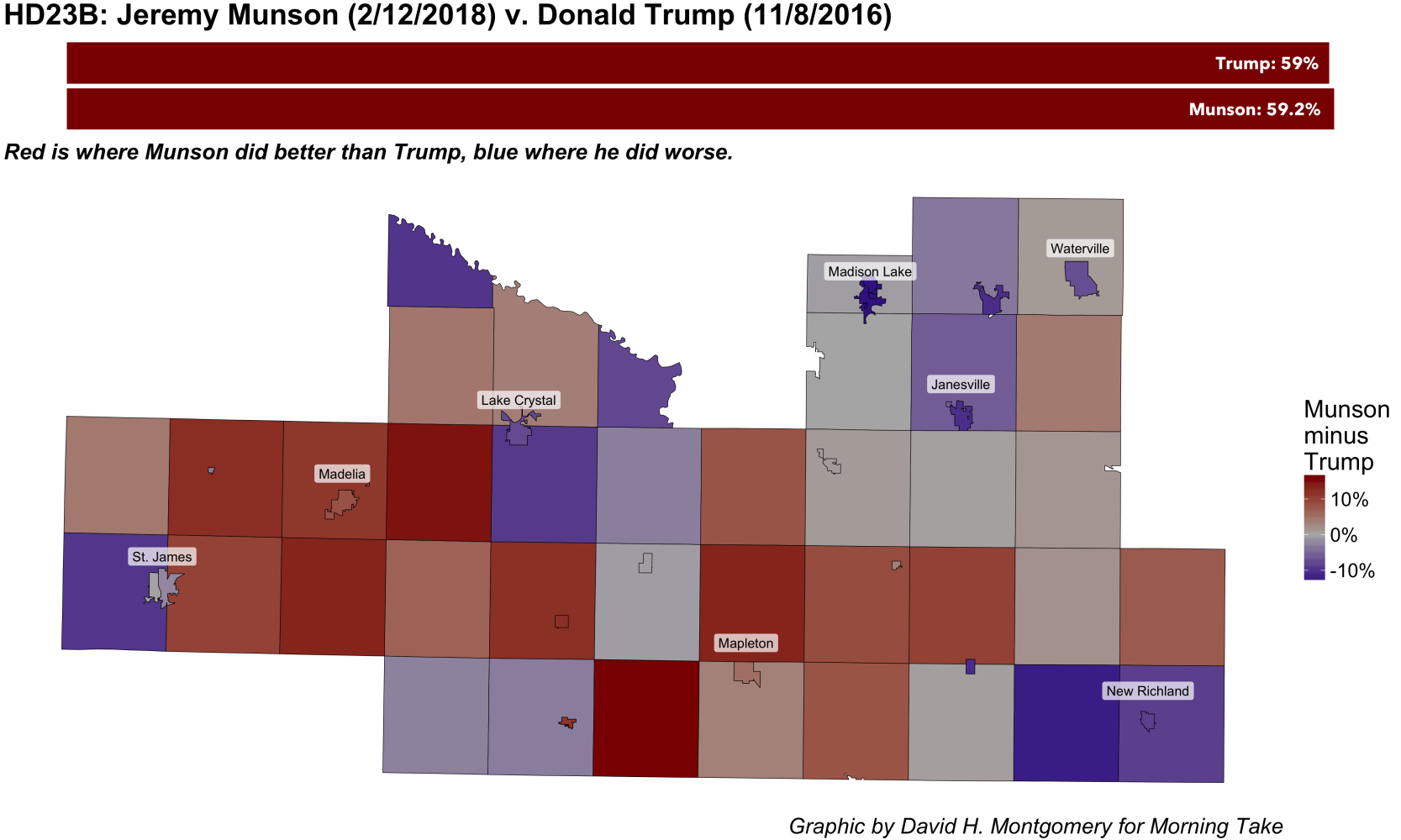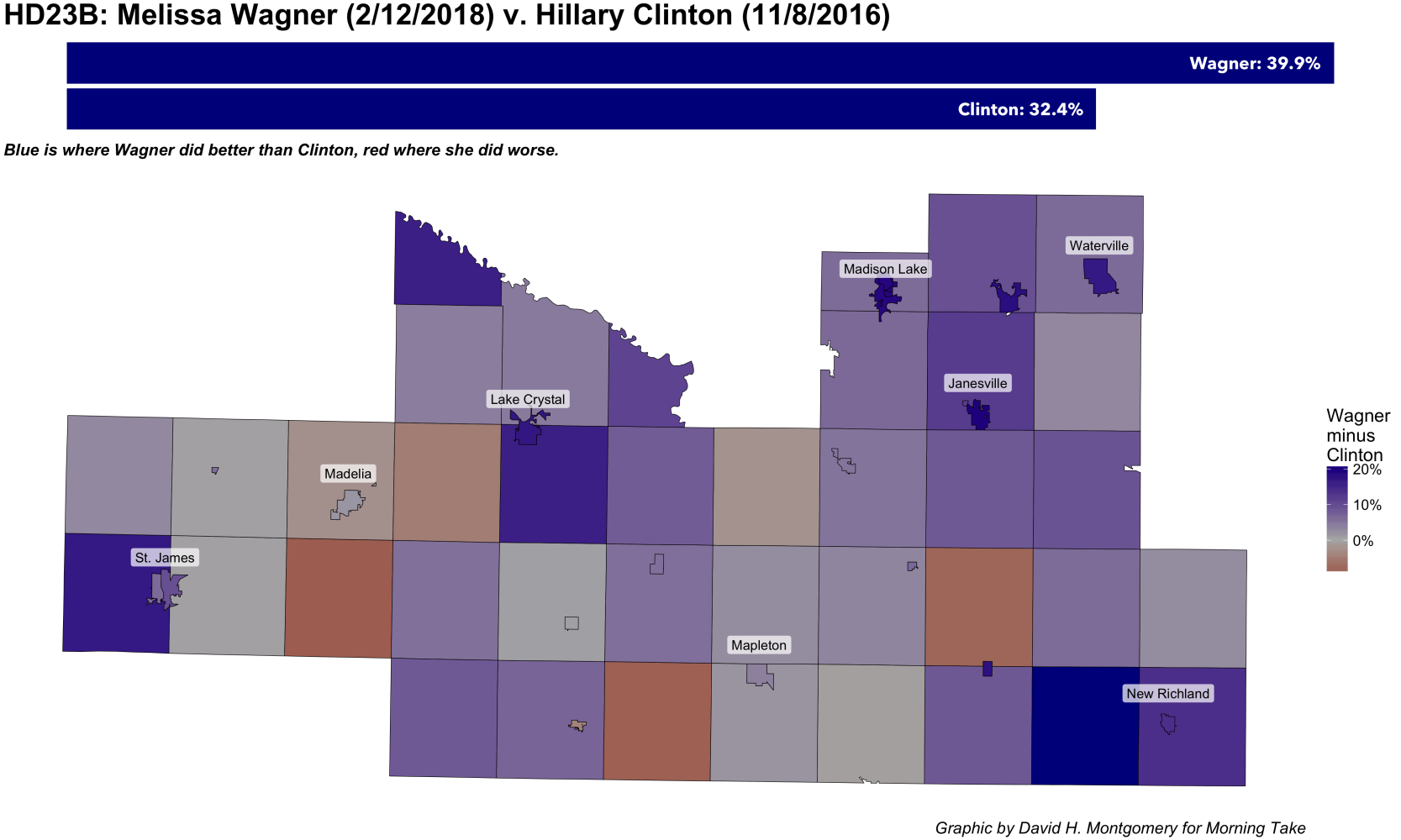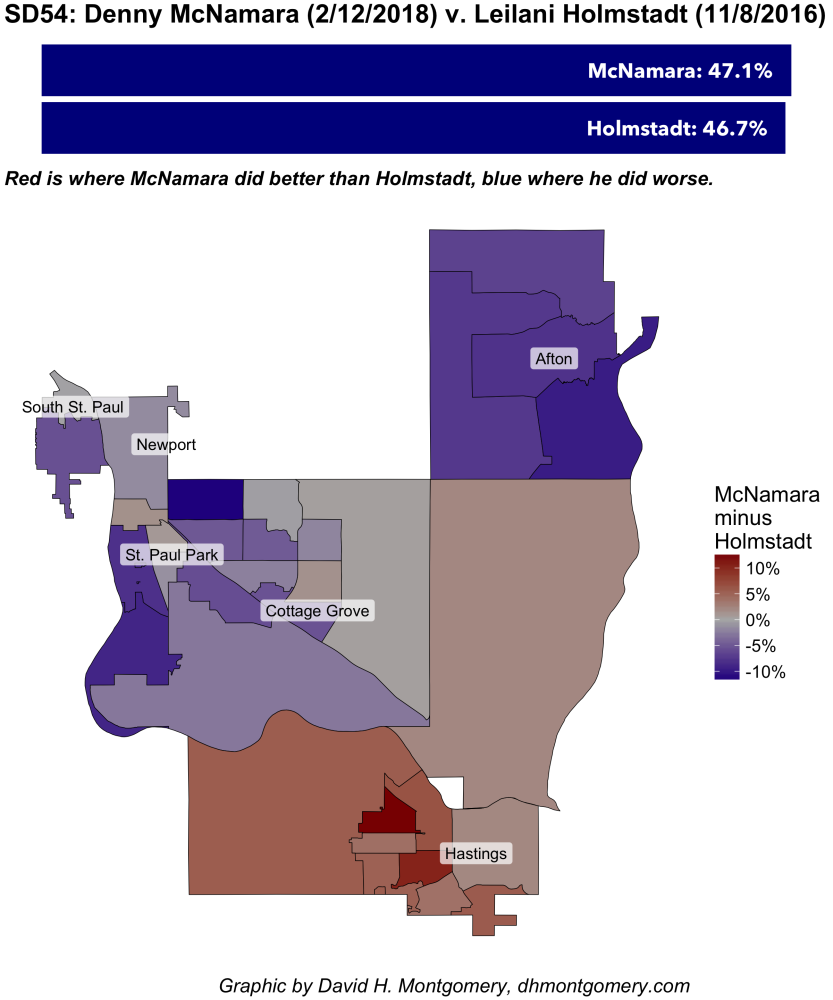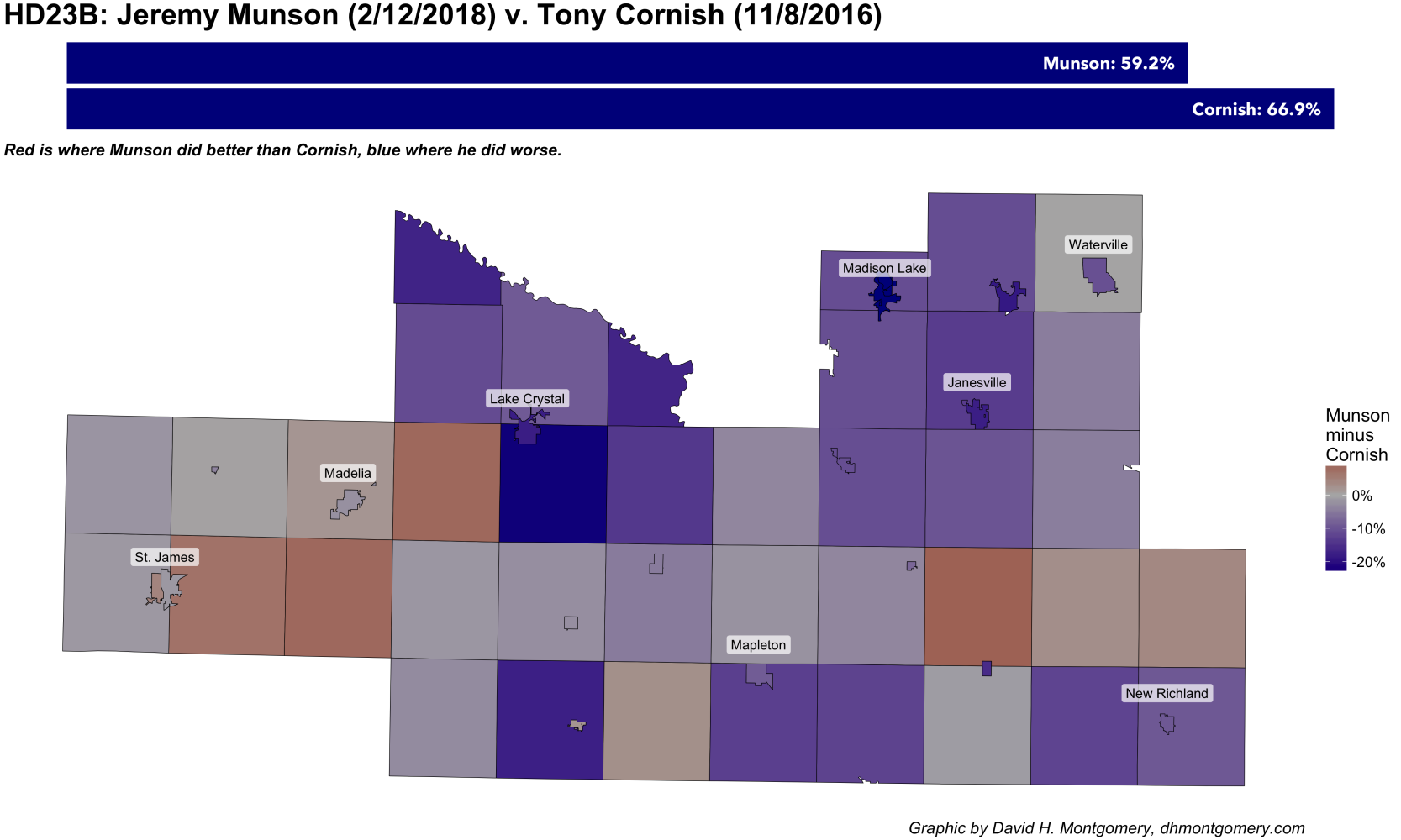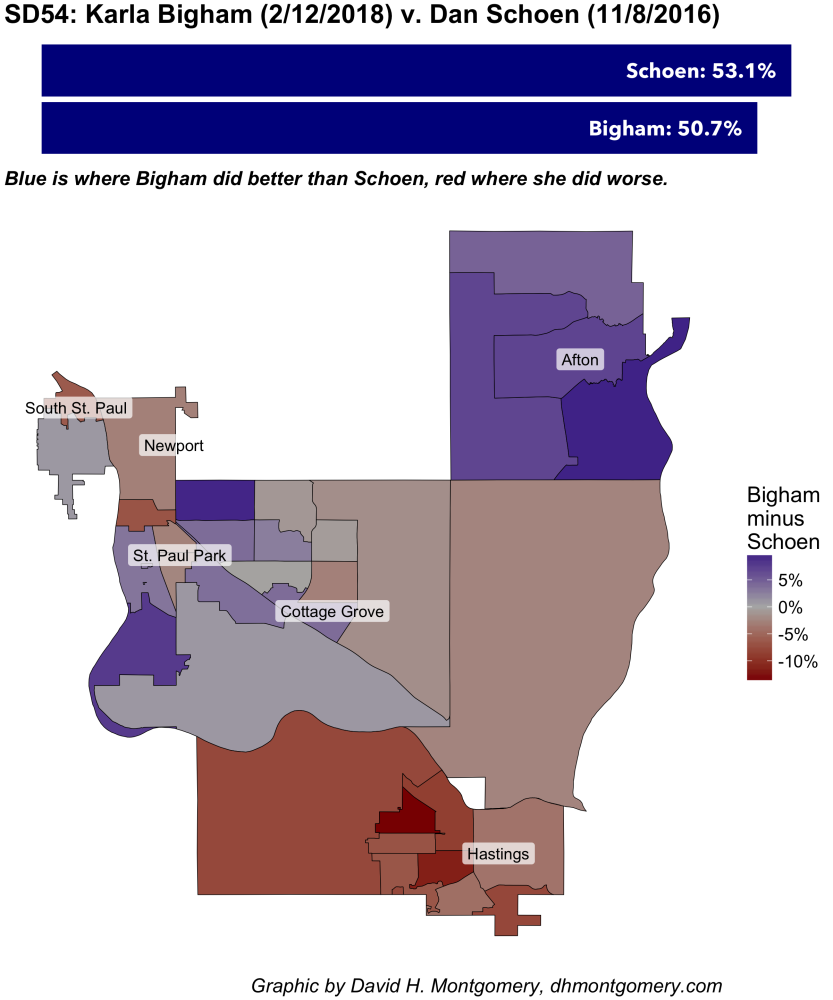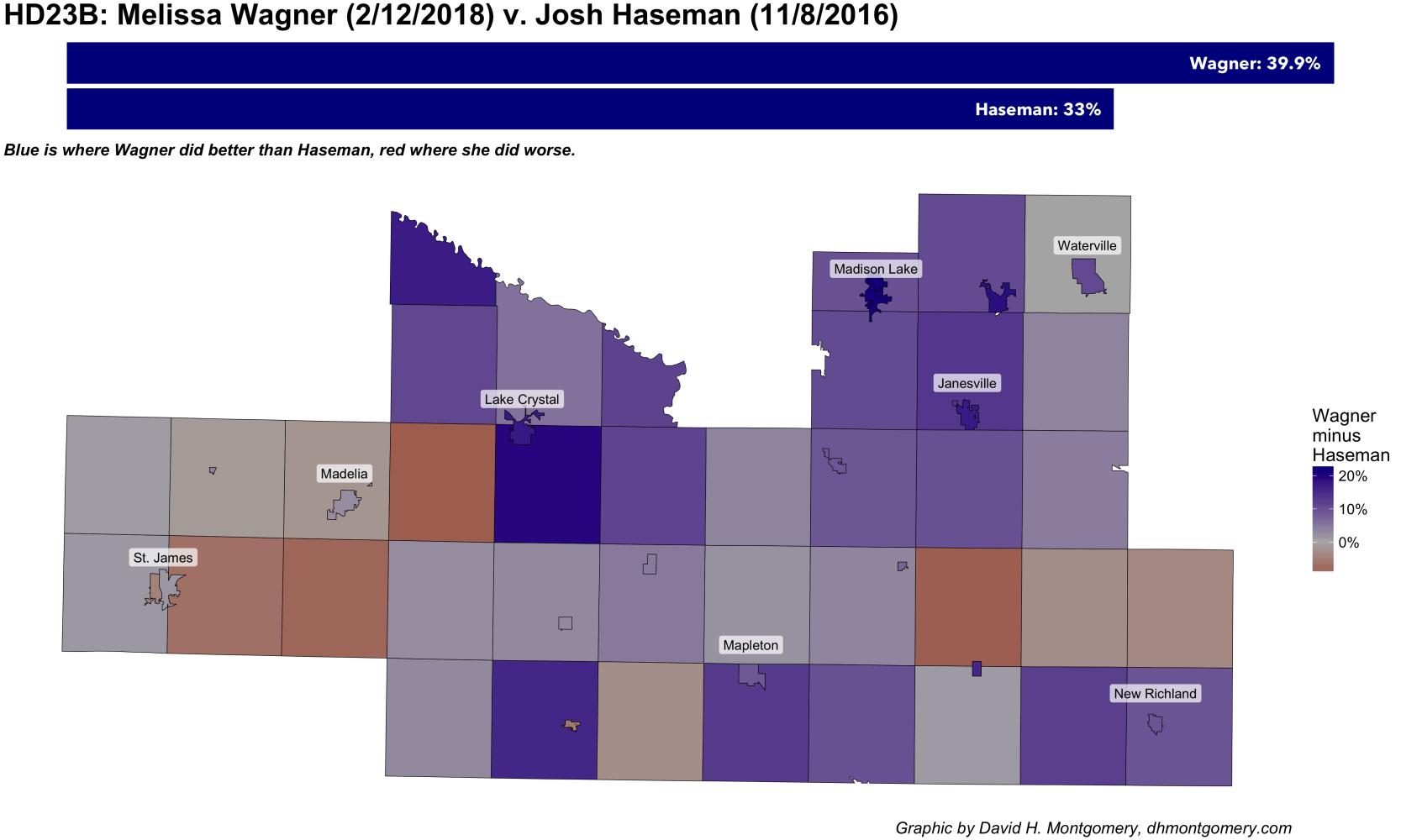Kickstarting journalism
On Monday evening, I published a few maps showing the results of local elections here in Minnesota. It was the kind of thing I did regularly while working for news outlets: generate a graphic helping people understand a news event.
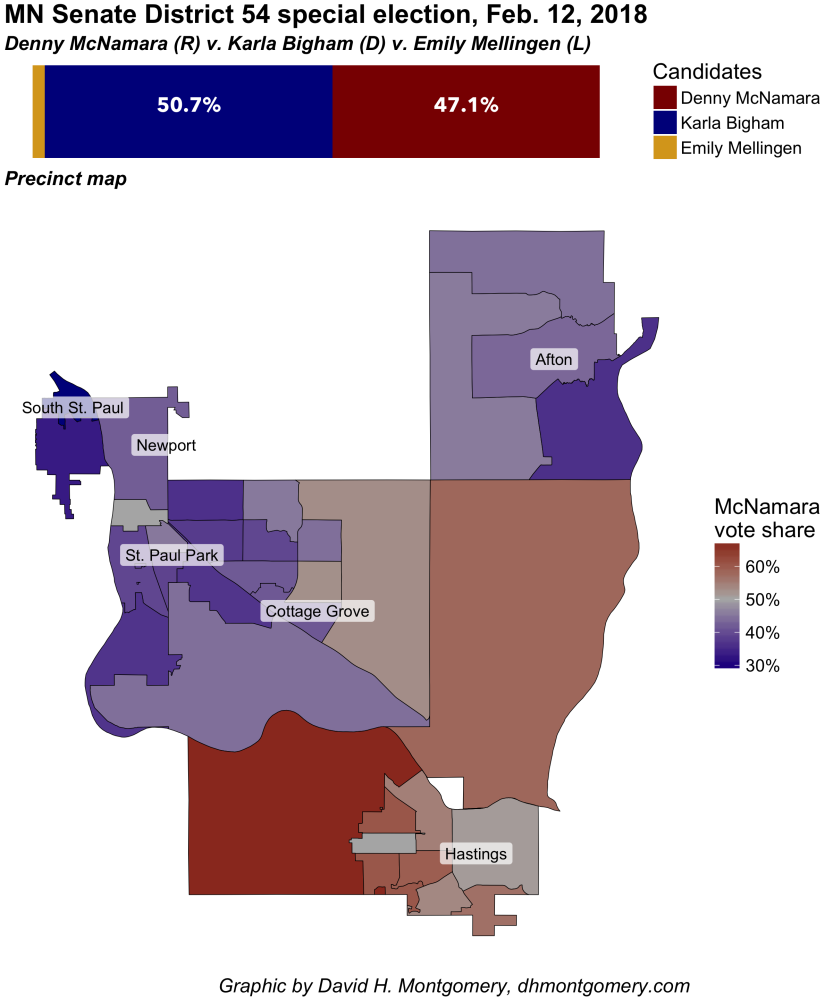 But I’m currently freelancing, not drawing a salary to report the news. That means I get paid per project, so the idea of publishing a project for free was less appealing. So on Monday morning I conceived an experiment: I’d try asking readers to fund the project collectively.
But I’m currently freelancing, not drawing a salary to report the news. That means I get paid per project, so the idea of publishing a project for free was less appealing. So on Monday morning I conceived an experiment: I’d try asking readers to fund the project collectively.
There’s nothing unique about “crowdfunding”; sites such as Kickstarter and Indiegogo raise tens of billions of dollars each year for a host of products and causes, and more than $6.3 million has been raised for journalism projects alone on Kickstarter since it launched in 2009. But most of those projects seem to be big: from Pew’s data, the average journalism Kickstarter raised nearly $10,000, while two-thirds of the projects and three-fourths of the money went to bigger projects such as books, magazines, websites and podcasts.
I had something much more modest in mind: I’d make graphs if backers pledged just $25. I hoped for more, of course, but I wanted to test appetite among potential funders for this kind of project. I expected it to take an hour or two of work to actually make the graphics, since I was generating them entirely with code and could build off scripts I’d written for past projects.
It took about half an hour to [set up a page on Kickstarter; fortunately my project was auto-approved rather than being flagged for manual review. I set suggested donation tiers at $1, $5, and $20, with some modest rewards for higher donations (high-resolution versions of the graphics and the option for customized versions). You can view the Kickstarter page here.
It took just seven minutes to hit my $25 goal.
By the end of the day, when polls closed and I started publishing the maps, I had raised $277 from 32 backers. That’s more than 10 times my initial goal, from an average pledge of $8.66. I was particularly impressed since the fundraiser ran for less than a day, with no forewarning, and was promoted only on my Twitter account.
The publicity around the campaign also drew the attention of a local publisher, who offered to buy some extra maps that he could promote in his newsletter.
After blowing past the initial goal, I added a few stretch goals: if I raised $100 I’d make extra maps analyzing the election in whichever of the two districts was closer. If I raised $200 I’d make extra maps for both districts. I hit both and spent Tuesday morning making those additional maps and charts.
Though I hoped to raise more than $25 (about half my normal rate for an hour of freelance work), I was amazed by the final result. There’s clearly a willingness out there to pay for local journalism, and (more flatteringly) a specific willingness to pay for my journalism. (Potential employers out there might want to take note of the latter…)
That said, I think it’s important not to read too much into this experiment. I suspect this was bolstered in part by novelty and that future Kickstarters would have some degree of diminishing returns. While a few dozen people were willing to chip in $5 or $20 once, how many would be willing to do it every month? Even if all of them did, $300 per month isn’t very much money. So even if I can replicate this experiment for future projects, it seems like a tool to supplement other sources of income rather than to replace them.
But this was successful enough to justify the time I spent on it (about five or six hours — though that doesn’t count time I spent promoting it). And it was successful enough that I’ll try again — this time, with more planning and promotion.
Thank you to Kevin Hendricks, Alec Schierenbeck, Tony Webster, and Elizabeth Wefel (my very first backer!) and a number of anonymous donors for backing the project.
Special thanks to Danny Prager, Steven Shepard, John Reinan, Chris Henjum, William Conley, Charlene Briner, Jeff Zaayer, Simon Brown, Kevin Marshall, The UpTake, Michael Brodkorb and Kara Lynum for donating at the $5 level or higher, and to Maureen Shaver, Mary Donohoe, Andrea Perzichilli and Tom Hutchinson for their extreme generosity in giving at least $20.
Below are the rest of graphics I created as part of the Kickstarter.
Putting Minnesota’s results in a national context
